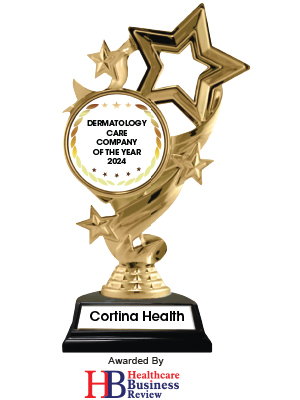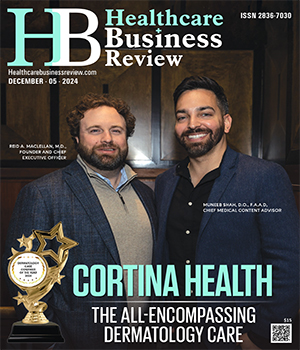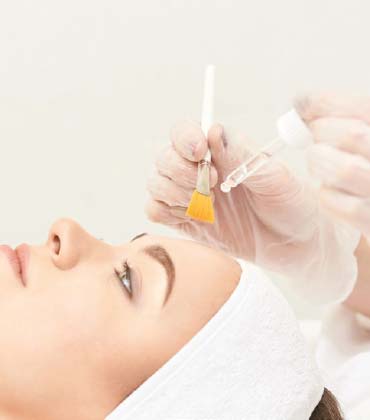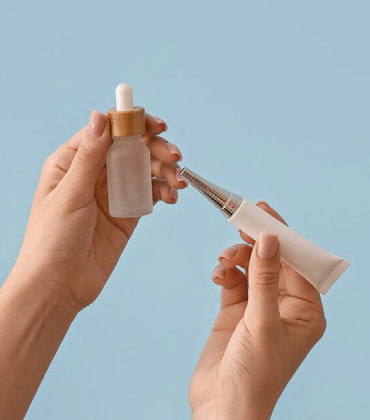Thank you for Subscribing to Healthcare Business Review Weekly Brief
The demand for effective dermatological care continues to rise. Yet, dermatologists in the U.S. are unevenly distributed — 35 percent are concentrated in the 100 most densely populated areas, while only 1.5 percent serve the least populated regions. This leaves many healthcare systems without access to full-time dermatology services, as 75 percent of dermatologists work in small, private practices. And it’s not just hospitals feeling the pinch—outpatient clinics and GPs are overwhelmed too, with up to one in four patients needing dermatological care immediately after an initial general consultation.
CXO INSIGHTS

Revolutionizing Healthcare: The Synergy of Generative and Predictive AI within the Realm of Value-Ba
Christopher George, Executive Director Ambulatory Operations at Cook County Health

Addressing Burnout in Healthcare Settings: A Compassionate Approach
Thomas Pierce, Clinic Operations Manager - Dermatology and Mohs Surgery at Providence

The Art and Science of Cosmetic Fillers Unveiling Benefits and Risks
Michael Nuara, Program Director Facial Plastic and Reconstructive Surgery and Arron M Cole, Facial P

Director of the Cosmetic and Reconstructive Center
Henri P. Gaboriau MD, FACS, Head Of Department ENT/Facial Plastic and Reconstructive Surgery at Adir

Physical and Psychological Impact of Reconstructive Surgery
Ernie Livingston, Director of Surgical Services. Springhill Medical Center

Navigating the Future of Healthcare: Leveraging Emerging Technologies to Enhance Patient Care and Op
Roger Kapoor, Senior Vice President at Beloit Health System

A Step-by-Step Guide to Wound Care
Heather Trumm, Director of Wound Care, VGM Group, Inc
IN FOCUS
EDITORIAL
Innovations Shaping Modern Dermatology
Dermatology is rapidly evolving, blending traditional care with advanced and more personalized, care. Increased awareness driven by social media has made people more proactive about skin health, fueling industry growth. According to recent reports, the dermatology market is estimated to reach $ 3.1 billion by 2032, growing at a CAGR of 6.9 percent. The growth is driven a myriad of tech trends. AI-powered tools are revolutionizing dermatological diagnostics. Deep learning models trained on vast image datasets can now analyse skin images to detect a range of conditions, from melanoma and other skin cancers to acne and psoriasis assisting dermatologist. Teledermatology has grown rapidly, especially in response to increased demand for remote healthcare options. Patients can now connect with dermatologists through secure platforms, share high-quality images, and receive consultations from home. Advancements in laser and light-based technology, including picosecond lasers, fractional lasers have made treatments for acne, pigmentation and vascular lesions safer and more effective. These minimally invasive options offer shorter recovery times and fewer side effects, making them popular with both dermatologists and patients. This edition of Healthcare Business Review provides an in-depth look at the latest developments in the dermatology sector and highlights major providers who leverage these advancements to deliver exceptional services. It also features insights from Roger Kapoor, senior vice president at Beloit Health System who discusses the transformative impact of emerging technologies—AI, robotics, telemedicine, genomics and IoT—to improve patient care, operational efficiency and outcomes. Michael Nuara, program director and Arron M Cole, fellow of facial plastic and reconstructive surgery at Virginia Mason Franciscan Health presents the minimally invasive cosmetic injectable fillers as a convenient option for facial rejuvenation, offering quick results no side effects. The edition also features Cortina Health, an end-to-end dermatology care provider, which overcomes geographic barriers through tele-dermatology. Today, it is the nation’s largest tele-dermatology providers, offering care in all 50 states and for all age groups, including infants, teens, and elderly patients. Through this edition, we hope you find the best partner who can help you achieve optimal skin health through innovative and personalized care. Let us know your thoughts!








